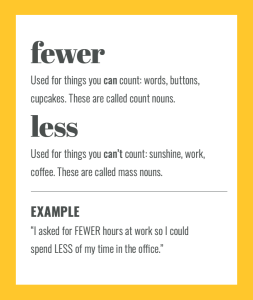Crafting compelling copy for a success training company
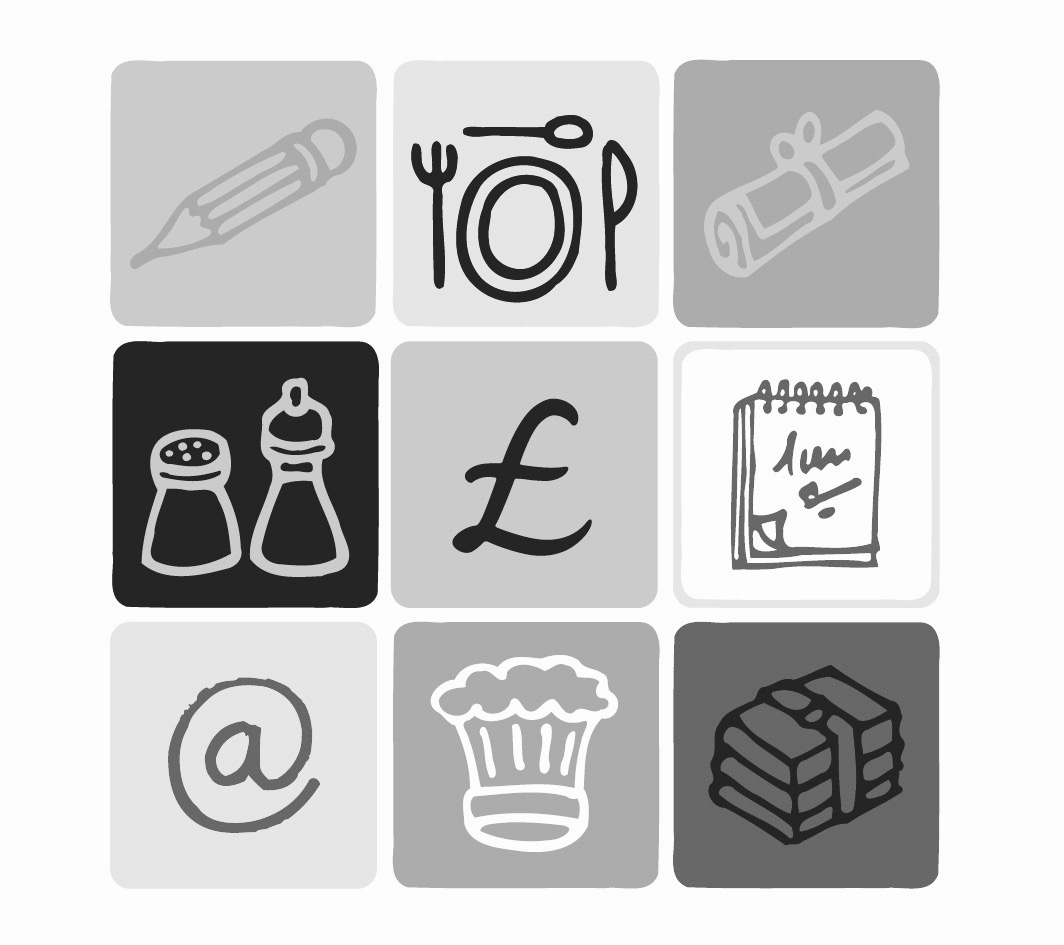
The client: The Business Kitchen, Cheltenham, Gloucestershire
The Business Kitchen organise and provide a series of training courses, workshops and events to help Gloucestershire businesses become more successful.
The need
The Business Kitchen produce a vast range of communication and marketing materials to promote their courses and events, from website copy, emails and press releases to social media campaigns and exhibition copy.
As well as lacking a consistent tone of voice and a strong sales message, their copy often contained errors and inaccuracies. They needed help to raise awareness of the Business Kitchen and to promote the benefits of their training and events.
The solution
The Business Kitchen recognise that powerful, compelling copy is an effective way of growing their customer base and boosting their brand. Each month brings new copywriting challenges and documents to edit, and I ensure these are always persuasive, accurate and on message.
Employing me to write and edit their copy frees up time for Gill and Nigel to focus on growing the business. I have been involved in developing social media campaigns and even naming new concepts – I really feel like part of the team.
In the client’s words…
“We have been working with Sarah over the past 12 months to polish our messaging and the words we use in our communications and marketing materials. She has made a significant difference to the quality of our copy. She is extremely professional, has great use of language and is often able to turn things round quickly when needed.
“We would highly recommend her to other small business owners that want to make sure the written word is an asset to their business in whatever medium.”
Gill Smith, Co-Founder, The Business Kitchen
www.thebusinesskitchen.net
Less vs fewer. A simple tip to get it right every time
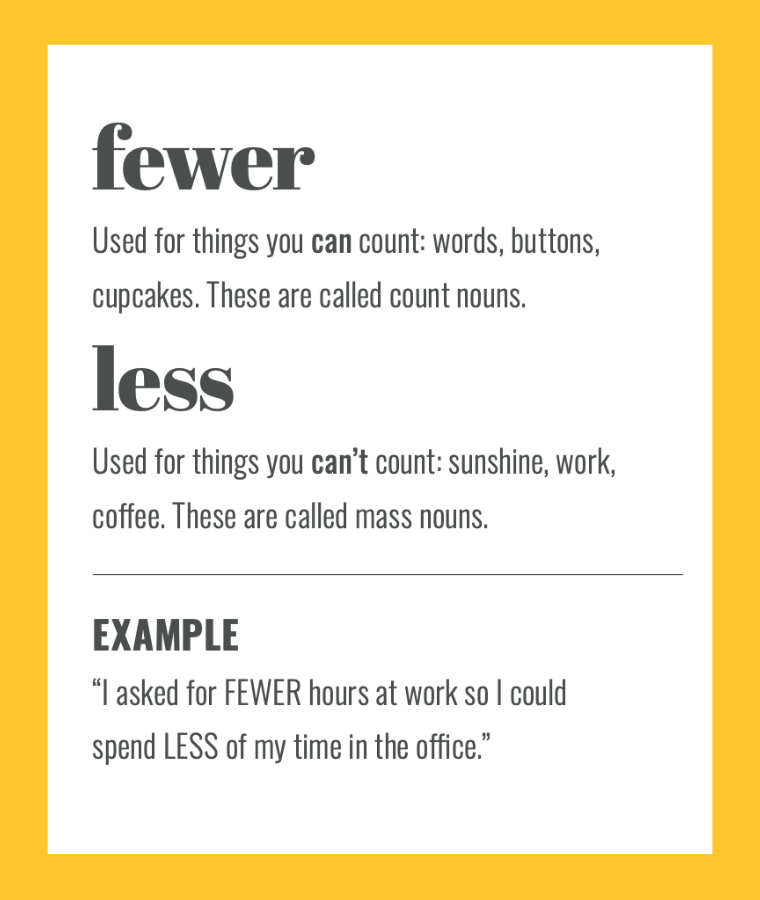
There are two types of people – those who are irritated by supermarket Five items or less signs (Fewer! It should be FEWER!) and those who don’t know the difference. Do you know the super simple tip to tell them apart?
Use LESS for things you can’t count:
- less sunshine
- less work
- less coffee
Use FEWER for things you can count (like the items in your shopping basket):
- fewer words
- fewer buttons
- fewer cupcakes
So there you go. If you can count it, use FEWER. If you can’t, use LESS.
More tips = fewer mistakes + less confusion.
Bonus tip
Once you know that things you can count are called ‘count nouns’ and things you can’t count are called ‘mass nouns’ you can apply the same logic to MANY and MUCH.
Use MANY for things you can count, and MUCH for things you can’t.
For example:
- Using too many words can confuse your message.
- Too much confusion can prevent customers from choosing your business.
Get more tips in The Little Book of Confusables
Cut the waffle: the benefits of plain English
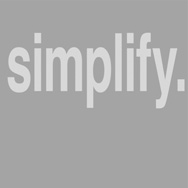
A short, punchy message increases your chances of being heard above the social media chatter.
So why do so many people use long words and complicated language in their blog posts and updates?
Maybe it’s hardwired from our school days. Teachers’ requests for a 5,000-word essay struck fear into our hearts and we resorted to padding and long words in an attempt to sound more knowledgeable than we really were.
It didn’t work then, and it doesn’t work now.
Using plain English, and clear, concise language can make the difference between winning and losing business, or a potential client choosing your company over a competitor.
So, when every character counts, here are 18 waffle-busting ways to get straight to the point:
| Instead of writing this… | write this |
|---|---|
| as and when | when |
| we will endeavour | we’ll try |
| in due course | soon |
| we are able to | we can |
| in a timely manner | on time |
| additional information | more details |
| in order to | to |
| we have a requirement for | we need |
| regarding | about |
| a significant number | lots |
| in close proximity | near |
| per annum | a year |
| please advise | tell us |
| prior to | before |
| until such time | until |
| please ensure | make sure |
| at the end of the day | ultimately |
| utilise | use |
13 common confusables and how to get them right first time
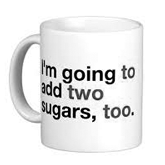
The English language contains numerous words that sound alike but have different meanings. They’re known as homophones and they’re easily confused when writing.
Here are some of the most commonly confused words, together with tips for getting them right first time. Which trips you up?
Its/it’s
ITS describes something that belongs to IT:
“The dog chased its tail”
IT’S is a contraction of IT IS or IT HAS:
“It’s going to be sunny”
You’re/your
YOU’RE is always a contraction of YOU ARE:
“You’re going to be late”
YOUR describes something that belongs to you:
“Remember your wallet”
They’re/their/there
THEY’RE is always a contraction of THEY ARE:
“They’re going to be late”
THEIR describes something that belongs to them:
“They forgot their tickets!”
THERE is a place. Think ‘here’ + T:
“Over here! No – over there!”
They’ll/there’ll
THEY’LL is a contraction of THEY WILL:
“They’ll be late”
THERE’LL is a contraction of THERE WILL:
“There’ll be trouble”
Who’s/whose
WHO’S is a contraction of WHO IS or WHO HAS:
“Who’s tried the new restaurant?”
WHOSE indicates that something belongs to someone. Try replacing it with WHO IS or WHO HAS. If it doesn’t make sense, use WHOSE:
“Whose restaurant is it?”
Stationary/stationery
STATIONARY means ‘not moving’. Remember AR, as in parked car:
“The train was stationary”
STATIONERY is paper, pens and other office supplies. Remember E for envelopes:
“Please bring your own stationery”
Affect/effect
AFFECT is a verb meaning ‘influence’ or ‘make a difference to’:
“The rain affects my hair”
EFFECT is most commonly a noun meaning ‘result’:
“The effect of the rain is wet hair”
Complement/compliment
COMPLEMENT means complete, match or add a little extra. Remember E for extra:
“That top complements your eyes”
COMPLIMENT praise or a flattering remark, such as, “You have lovely eyes” (think eyes = i).
Always ‘compliments slip’ and ‘with compliments’.
Wonder/wander
WONDER means to ponder, or to be curious:
“I wonder how she got on”
WANDER means to drift around:
“I like to wander around the gardens”
Accept/except
ACCEPT means receive:
“Please accept my apologies”
Except means apart from, or excluding (think EX):
“Have any chocolate you like, except the caramels”
Practice/practise
PRACTICE is a noun – think ICE:
“Have you done your piano practice?” or “We refer to best practice guidelines”
PRACTISE is a verb – think IS:
“You need to practise”
Principal/principle
PRINCIPAL means main or chief. Remember ‘pal’:
“The college principal”
PRINCIPLE is a fundamental truth or rule:
“A matter of principle”
It also means morally correct behaviour:
“A man of principle”
To/too
TO indicates direction:
“I’m going to London”
It also indicates the infinitive part of a verb:
“I’m going to have lunch”
TOO means also:
“Can I come, too?”
It also means excessively:
“It’s too loud!”
8 tips and tricks to improve your writing in just 8 minutes
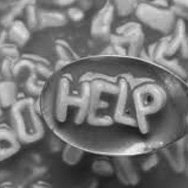
The English language is full of quirks that can trip you up – and when you’re writing for business, mistakes can cost you sales.
These simple tips will stop you falling flat on your face.
Tip 1
A lot, as well, thank you, no one and all sorts are all two words.
(Unless you happen to be writing about Liquorice Allsorts, which – let’s face it – is unlikely.)
Tip 2
Don’t use here’s (here is: singular) or there’s (there is: singular) when you mean here are or there are: plural.
“Here are tips”, not “here’s tips”.
Tip 3
Too means also (“can I come, too?”) or excessively (“that’s too loud”).
To indicates direction (“I’m going to London”) or shows the infinitive form of a verb (“I’m going to have some lunch”).
Two is always a number.
Tip 4
It’s usually wrong to say you have two choices – you have one choice, with two (or three, or ten) alternatives.
Tip 5
An ellipsis is always three dots – no more, no less (and never a random number just to fill a gap).
Tip 6
Stop confusing you’re and your.
You’re is short for ‘you are’.
Your means belonging to you.
“You’re driving to town in your car.”
Tip 7
Blame pronunciation for this one. Saying could’ve, would’ve, and should’ve often leads to writing could of, would of, should of – which is wrong.
Always write could have, would have, should have.
Tip 8
Use fewer for things you can count, and less for things you can’t. Less food = fewer calories.
Ditto number (for things you can count) and amount (for things you can’t).

